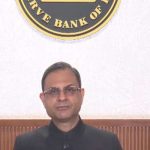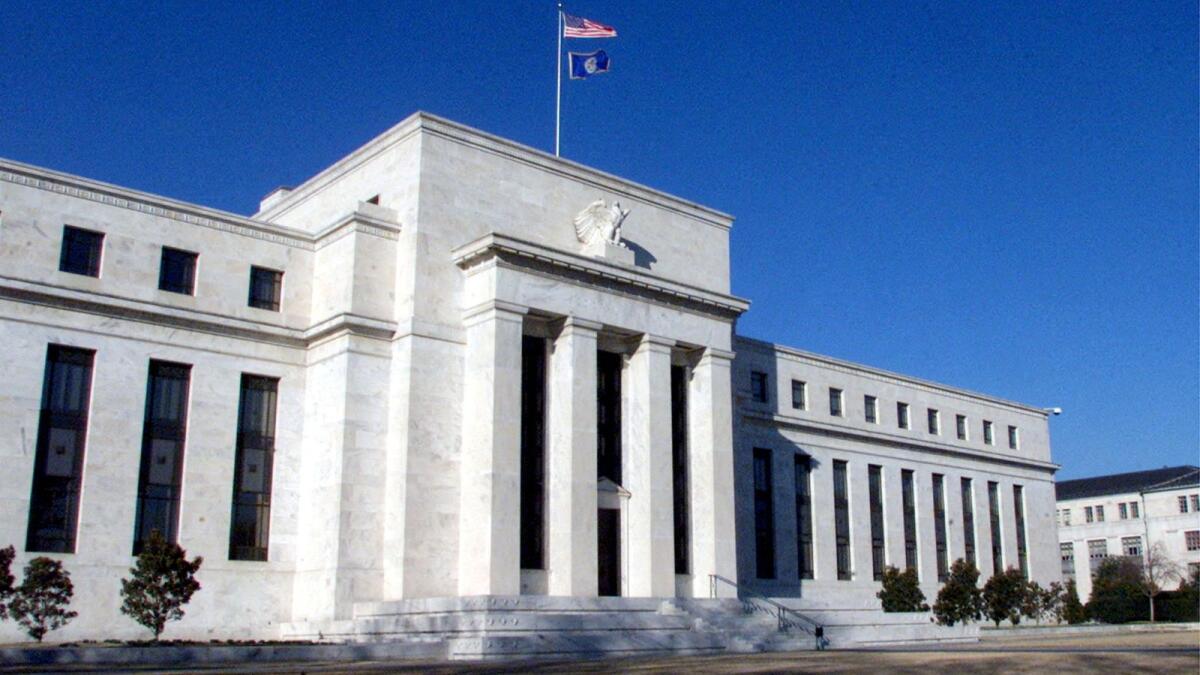Two Federal Reserve officials recently hinted at the possibility of an interest rate cut next month, as strong economic data has led to a decrease in expectations for a significant reduction in borrowing costs. St. Louis Fed President Alberto Musalem and Atlanta Fed President Raphael Bostic, who had previously expressed caution about lowering interest rates too soon, have started to lean towards supporting a rate cut. Musalem stated that recent data has increased his confidence that inflation is approaching the central bank’s 2% target rate and suggested that a policy adjustment may be appropriate soon.
Despite acknowledging the positive factors contributing to a recent rise in the unemployment rate, such as growth in labor supply, Musalem highlighted that the economy is still performing well. Investors who were initially anticipating a half-percentage point rate cut in September following weaker labor market data are now pricing in a 75% probability of a quarter-percentage-point cut next month. The shift away from the demand for a large rate cut is due to improving data on inflation, jobless claims, and retail sales, allowing Fed policymakers to proceed with a gradual approach to policy adjustments.
Recent reports from the U.S. Labor Department show a slowdown in the annual increase in the consumer price index, indicating a decline in inflation. Concurrently, a mild rise in producer prices in July suggests that inflation is on a downward trend. Additionally, weekly jobless claims have decreased to a one-month low and retail sales have surged, highlighting the strength of consumer spending. These positive indicators have eased concerns about a recession and justify a measured pace of easing, according to Michael Pearce, deputy chief U.S. economist at Oxford Economics.
The Federal Reserve had been increasing its benchmark overnight lending rate since 2022, reaching the current range of 5.25%-5.50% in 2023. Bostic, in an interview with the Financial Times, mentioned his openness to a rate cut at the September meeting, a departure from his previous projection of a single quarter-percentage-point reduction in the fourth quarter. Bostic emphasized the importance of considering both sides of the mandate and suggested readiness for a rate cut earlier than initially anticipated, especially if the unemployment rate continues to rise. He also mentioned the possibility of reducing rates by half-percentage-point increments if the labor market weakens unexpectedly.
The Federal Reserve’s gradual approach to policy adjustments reflects the ongoing strength of consumer spending and the cooling economic growth in the U.S. The recent data on inflation, jobless claims, and retail sales suggest that a measured pace of easing is appropriate to support the economy. The shift in expectations for a rate cut next month indicates a more balanced outlook on the economy and inflation, allowing Fed policymakers to respond strategically to the changing economic landscape. Overall, the Federal Reserve’s upcoming decisions on interest rates will be crucial in maintaining economic stability and supporting growth in the U.S. amid global uncertainties.











